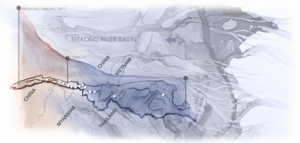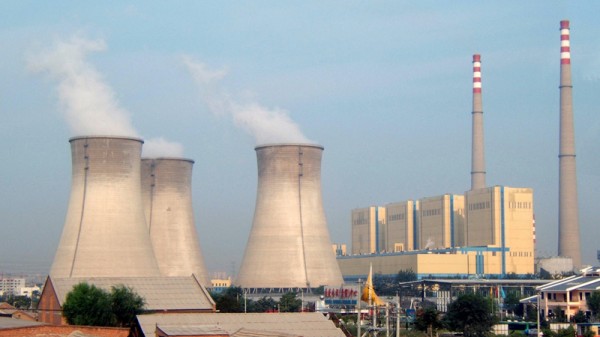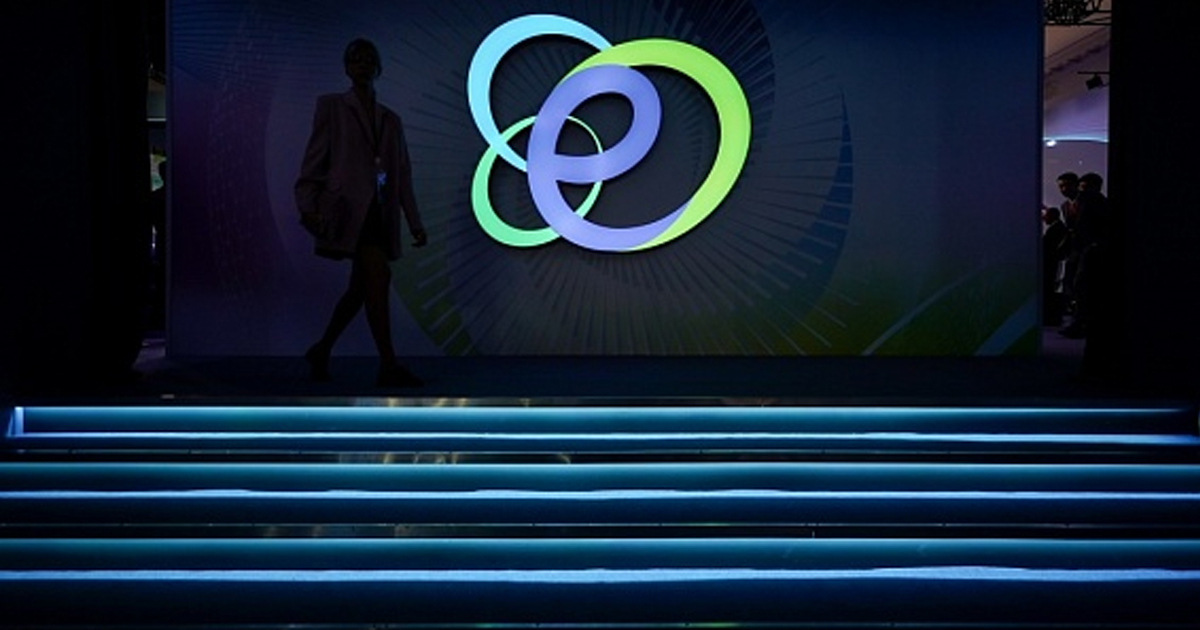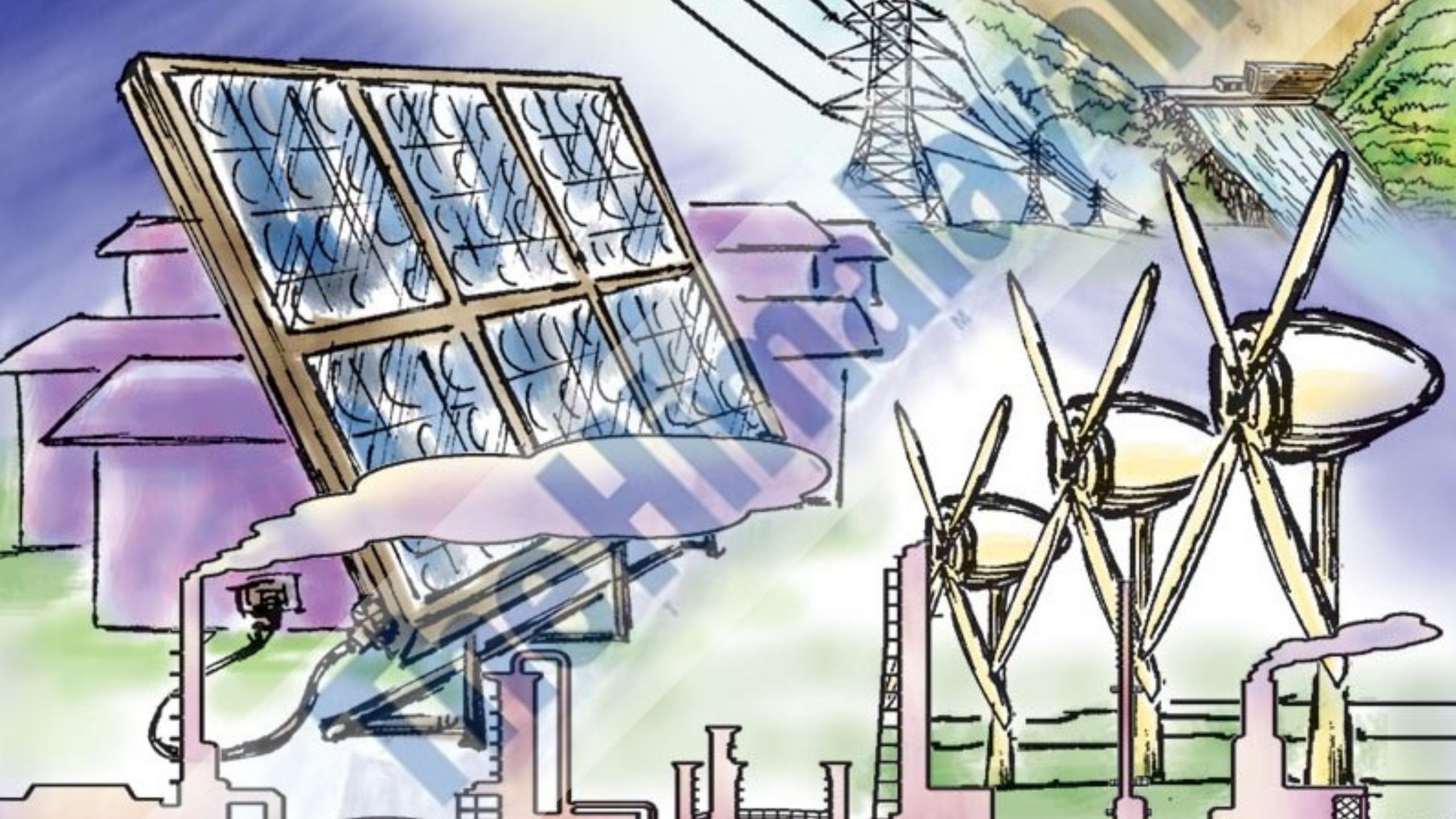Energy Update
New dams on 3S rivers endanger survival of the Mekong
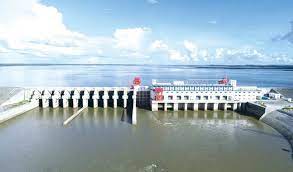
“It’s rare to see the birds these days, they’re gone. They lived off the fish, but most of the fish are gone too,” says Vuth Khat as he tours what used to be his village in the northeastern Cambodian province of Stung Treng and talks about the survival of the Mekong.
In 2017, the village of Kbal Romeas was flooded to form a reservoir for the controversial Lower Sesan 2 hydropower dam, a 400-megawatt, USD 816 million joint venture between China’s HydroLancang International Energy, Royal Group of Cambodia, and state-owned Vietnam Electricity. Khat’s family was one of the 52 out of an estimated 500 who refused to leave when authorities offered compensation. Their 2017 protests went unheeded, and their village was flooded. Now, among the barren landscape of dead trees and dead fish, the last few remnants of Khat’s old way of life can be seen protruding from the reservoir’s depths. Underneath the water, he says, he lost two hectares of cashew crops and a hectare of rice.

The paint on his boat in Kbal Romeas is peeling in the heat and the sun has bleached the remains of trees to ashen grey stumps. The Lower Sesan 2 became a sore point among environmentalists and rights advocates, cutting off the intersection between the Sesan and Srepok rivers that feed the transboundary river and ensure the survival of the Mekong. But while the fate of Kbal Romeas – and that of Khat – has been sealed by Cambodia’s pursuit of power, conservationists say there is still time to avoid further destabilisation to the intricate ecosystem of the 3S rivers: the Sesan, Srepok and Sekong.

Despite attempts to bolster the Lower Sesan 2’s public image, a Human Rights Watch report in August 2021 laid bare the failings of the project.
In Cambodia alone, three more dams are planned along the Sesan, with a further three planned for the Srepok River and one more on the Sekong River. Movement has stalled on these projects for years, but analysts have suggested as many as 21 dams have been proposed, putting at risk the survival of the Mekong.
“I would not say that these projects are abandoned, as there has been no clear announcement that the government has decided not to proceed with them, but I do think that they are deprioritised for a few key and pragmatic reasons,” explains Courtney Weatherby, deputy director of the Southeast Asia programme at the Stimson Center, a US-based non-profit think-tank.
Some 450 kilometres from the capital Phnom Penh, Stung Treng’s remoteness may be its saving grace, Weatherby argues, as this increases the costs of linking potential hydropower projects to the grid via transmission cables. Therefore, Weatherby warns, all eyes are on the Sekong, the last undammed river on the Mekong.
Every year, the Tonle Sap lake produces an estimated 500,000 tonnes of fish. This is contingent on the 3S rivers contributing 25% of the Mekong’s flow, prompting the annual river reversal that is key to the spawning of 150 species of migratory fish and to the survival of the Mekong ecosystem.
“Further construction of dams on the mainstream of the Sekong would be additionally and profoundly destabilising to the free flow of fish and sediment that underpin food security downstream,” Weatherby says, adding that the Sekong’s role extends beyond Cambodia’s borders.
Unlike the Mekong, which is subject to a degree of international cooperation and oversight in the form of the Mekong River Commission, developments along the 3S rivers are undertaken unilaterally. In September 2021, the International Union for the Conservation of Nature issued a statement urging Vietnamese state-owned construction company Song Da 6 not to forge ahead with the Sekong A hydropower dam. It warned that the dam on the mainstream Sekong will disconnect the entire river from the Mekong and prevent fish from migrating upstream to spawn.
The Sekong A would generate just 86 MW, but could reduce the total fish population of the Mekong basin by 20%, according to conservationists Gregory Thomas and Jake Brunner, who estimated that half of the Mekong’s fish are long-distance migratory species that require the length of the Mekong and its tributaries to become fully grown.
The Lower Sesan 2 has already reduced the silt flow through the 3S rivers by two-thirds, down from 25 million tonnes in 1997. The Sekong A dam could further reduce the fertility of soils along the Mekong basin, threatening farmers across Cambodia and Vietnam. The survival of the Mekong basin is therefore at stake. In late 2016, the Royal Group signed a Memorandum of Understanding with the government to construct the Lower Sekong hydropower dam in Cambodia, but little has been heard of the project since and Royal Group did not respond to interview requests.
Both fishers and farmers are set to lose out if the 3S rivers’ ecosystem is further destabilised, according to Milou Groenenberg, biodiversity research and monitoring manager with the World Wide Fund for Nature’s (WWF) Eastern Plains Landscape Programme. But there is even more at stake.
In late September 2021, WWF in conjunction with the Cambodian Ministry of Environment revealed their first ever photos of hatchling Siamese crocodiles in Mondulkiri province’s Srepok Wildlife Sanctuary. Eight hatchlings of the critically endangered species were recorded, giving conservationists hope for the crocodile species that is rarely found in the wild, but is farmed extensively across Southeast Asia for its skin and meat. The prospect of further hydropower projects could pose a yet-to-be-realised threat for the crocodiles.
Horn Chanvoitey, a researcher currently doing her master’s with a focus on water resource management, says that further dam development would have clear impacts on the 3S basin’s wildlife. “Regarding implications on biodiversity, dams also threaten water birds and other river-dependent species,” she says, adding that the extent is not clear due to lack of data availability and accessibility challenges.
Cambodia is home to several vulnerable bird species including the beach-nesting small pratincole and river terns. Tonle Sap, which has had unpredictable flooding for years now, is home to 30% of the global population of spot-billed pelicans. Chanvoitey claims that the construction of further hydropower dams could lead to more displacement among local communities within the 3S basin.
For Cambodia, little can be done to control dams erected in upstream Laos, but state monopolies determine the fate of Cambodia’s 3S.
“Many, many projects that get onto the books don’t get built. Being on the map doesn’t mean that much, but secondly, a lot of projects die away and then rear their ugly heads… and then they are built,” says Ian Baird of the University of Wisconsin–Madison, who has been involved in studies of the 3S rivers and the Mekong for more than a decade. He adds that Vietnam would be unlikely to revive planned dams in Cambodia, following its reluctance to be involved in the Lower Sesan 2.
China, Baird suggests, could be a viable source of funding, but he notes the concessions process is not always successful and in the case of Cambodian dams planned along the 3S rivers, there may not be political will.
The Lower Sesan 2 was never a very viable project to begin with. In many ways the Lower Sesan 2 was developed for political reasons more than anything else.
Ian Baird, University of Wisconsin-Madison
“The Lower Sesan 2 was never a very viable project to begin with. In many ways the Lower Sesan 2 was developed for political reasons more than anything else,” says Baird. The project very nearly fell apart after Vietnam Electric pulled out, retaining only a 10% stake for studies already conducted. Kith Meng, chair and chief executive of the Royal Group, was unable to finance the project himself, so China agreed to take over 50% of the Lower Sesan 2’s, “a big political favour to [Cambodian prime minister] Hun Sen,” Baird says.
“The problem is that if [Lower Sesan 2] is a failure, and there’s significant evidence to suggest it is, then they’d never admit it, at least not openly,” says Baird, adding that neither low power generation nor low fish catches would prompt such an admission. Neither the Ministry of Environment nor the Ministry of Water Resources and Meteorology responded to questions about further damming along the 3S rivers, but none of the seven dams believed to be in the planning stages are listed in the Electricity Authority of Cambodia’s 2020 annual report detailing upcoming power projects.
Cambodia made no new pledges at the recent climate summit in Glasgow, with environment minister Say Samal merely asking for more climate funding.
“Approximately 55% of Cambodia’s installed power generation capacity is hydropower, and as the drought in 2019 revealed, overreliance on hydropower can lead to blackouts,” says Weatherby.
The 2019 drought led the government to aggressively pursue solar and coal expansion projects. This, Weatherby explains, is why Cambodia’s hydropower ambitions on the 3S rivers have stalled, but if any were to go ahead, the human and ecological impacts are unavoidable, as was the case with the Lower Sesan 2. And all this impacts the very survival of the Mekong.
The benefits of Lower Sesan 2 are nowhere to be seen in Stung Treng’s Srekor village, where Phut Yorn plays with her grandchild near the shore of the dam’s reservoir. She lost her home, her four hectares of rice crops and her community. “The compensation wasn’t fair, so we stayed and now there’s no land for farming left, the water took it all, so I plant a little rice and a little cashew in a small plot by my house. I can grow enough to survive,” she adds. “The authorities don’t bother me any more, but it wasn’t worth it. We see no benefits from this dam, it’s only made our lives harder.”
Conversation
- Info. Dept. Reg. No. : 254/073/74
- Telephone : +977-1-5321303
- Email : [email protected]






